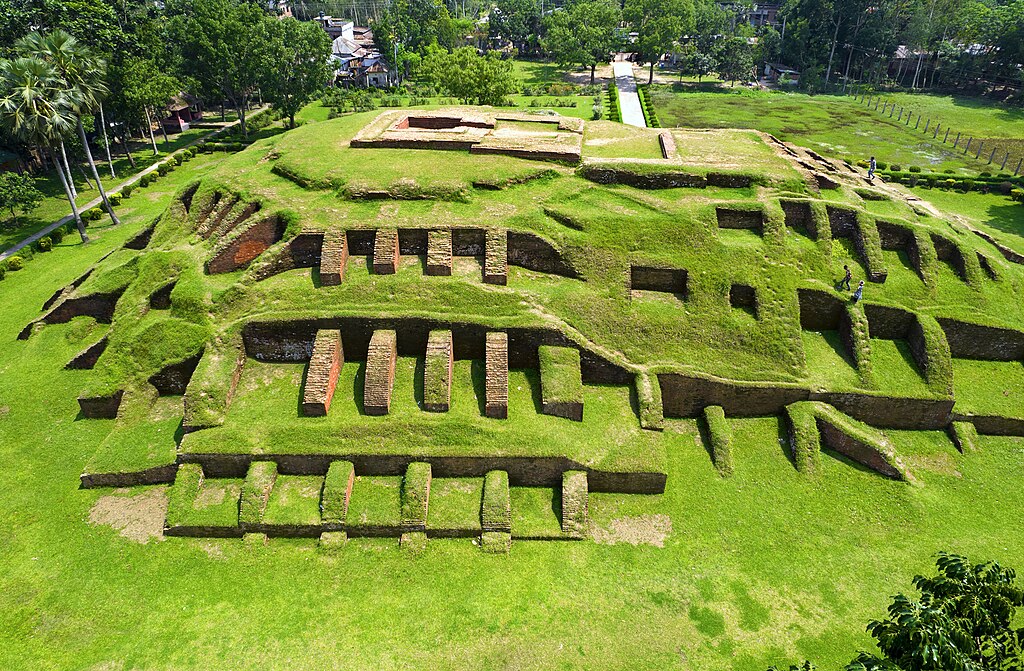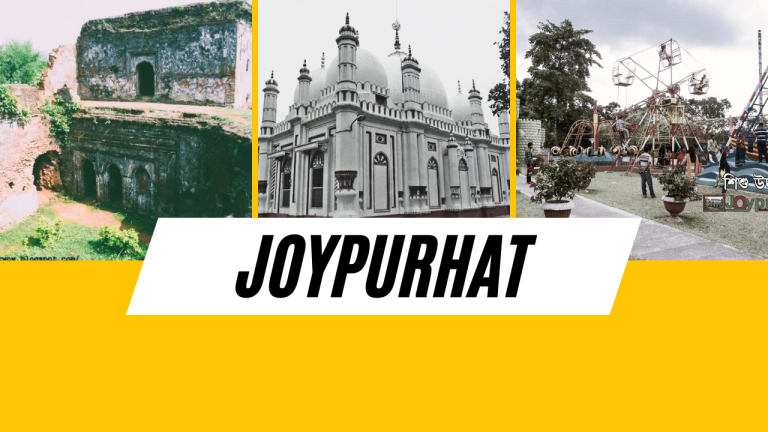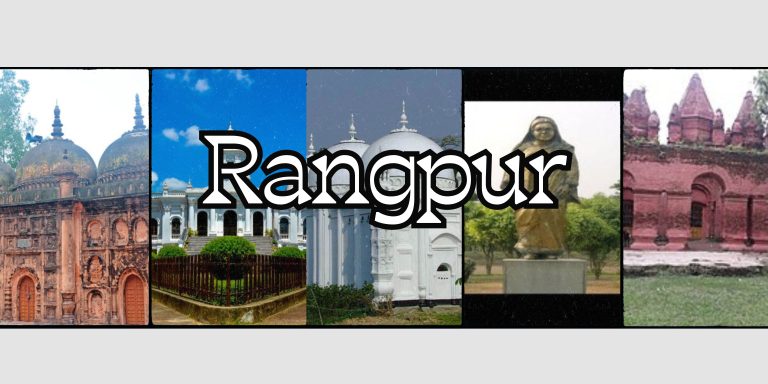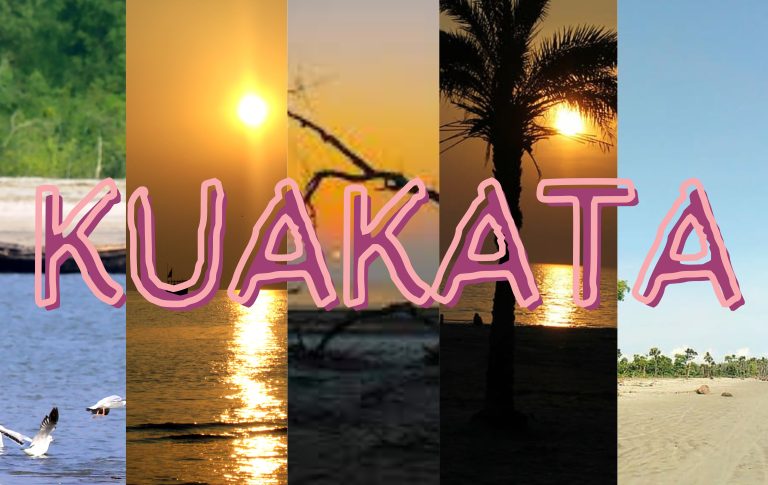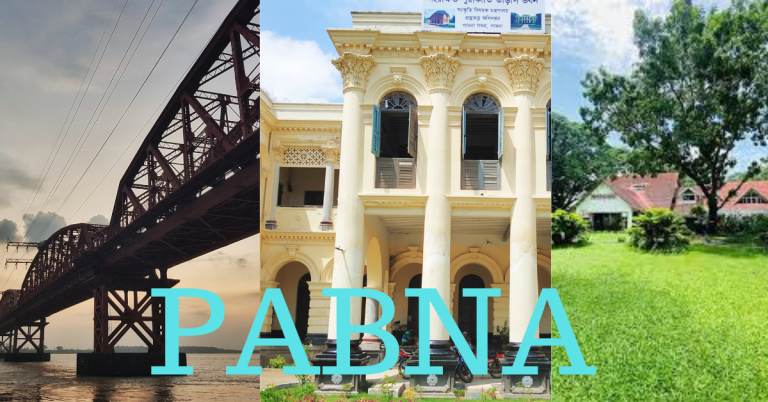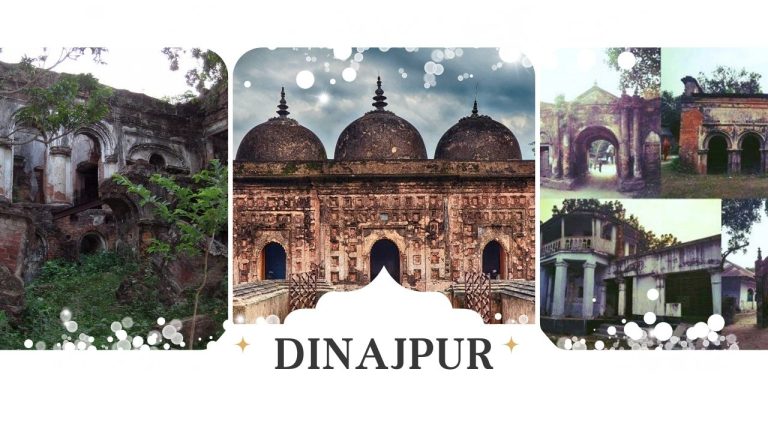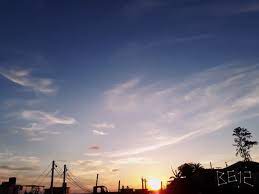Top tourist place in Bogura
Bogura is a major district of Bangladesh. There are many ancient monuments in Bogura. Top tourist place in Bogura are Mahasthangarh, Behula Lakhindar Basor Ghor, Vasu Vihara, Kherua mosque, and many more. Some monuments are presented to you.
Here is the Top tourist place in Bogura for you

Mahasthangarh, Top tourist place in Bogura
13 km north of Bogra nearby town on the west bank of the Karatoa Waterway. One of the foremost prepared points of interest in Bangladesh is Mahasthangarh. In history, Pundravardhana or Pundra Nagar was known as a celebrated city. Mahasthangarh was the capital of Bengal. As of late, the birth of Jesus Christ at Mahasthangarh, two a half thousand a long time ago, saw the foundation of a civilized town here. assigned as the Social Capital with archeological confirmation found in 2016. The walled city has archeological points of interest from distinctive times.
For a couple of these, it was the common capital of the Maurya, Gupta, Pala, and Sena rulers, the capital of Hindu medieval lords. Various Hindu masters and rulers of other religions ruled from the third century BC to the fifteenth century. Mahasthangarh is found in Shibganj upazila of Bogra district. The celebrated Chinese traveler Hiuen Tsang went to Pundranagar between 639 and 645 Advertisement. In his travels, he portrays the nature and way of life of the time. Ministers from China and Tibet come to Mahasthangarh to think about Buddhist instruction, for it. At that point, they went out to distinctive nations in South and East Asia. There they spread the lessons of Buddhism.
Lakshmana Sena (1082-1125) held the lordship of Gaur when this Garu unprotected, as he was the final lord of the Sena tradition. The ruler of Mahasthan was Nala who was in cel. At that time, he struggled with his brother Neursed Brahmin came here from Srikshetra within the Deccan locale of India. He is King Parashuram. This king was also known as Parashuram Rama. Hazrat Shah Sultan Mahmud Balkhi (RA) and his disciples came to set There’s an amazing legend about the preacher Shah Sultan Balkhi. Legend has it that he crossed the Karatoa River aboard a massive boat shaped like a fish when entering Mahasthangarh, the ancient city of Pundra Nagar.
Behula Lakhindar Basor Ghor,Top tourist place in Bogura
Behula’s Basar Ghar is situated in Bogra Sadar at Gokul. Its location is about 11 km north of Bogra city. Behula is the main character of Manasamangal, the well-known mangakaya of ancient Bengal, and the wife of Lakhinder, son of Chand Saudagar.
Behula, daughter of Chand Saudagar’s son Lakhinder and his business partner Saha was born in the contemporary period. Both the children grow up together and are considered perfectly suited for each other. Lakhinder’s father Chandravanik or Chand Saudagar was a devoted worshiper of the Hindu god Shiva. So he did not worship any other god. Shiva’s daughter, Manasa, was a serpent goddess, but no one worshiped her. Shiva informs him that if a devoted Shaiva (a worshiper of Shiva) worships Mansa first, then they can practice their worship among mortals.
Mansa then selected Chand Saudagar and requested him to organize the Mansa Puja, but Chand Saudagar, a worshiper of Shiva, refused Mansa’s proposal. An enraged Manasa then cursed him that he would destroy the life of each of his sons. Therefore, all the sons of Chand Saudagar, except Lakhinder, snakebites under the curse of Mansa. As an additional precaution during Lakhinder’s marriage, Chand Saudagar, with the assistance of the god Vishwakarma, constructed a house that snakes could not penetrate. But in spite of all precautions, Mansa succeeded in carrying out his purpose. A snake sent by him kills Lakhinder.
According to traditional custom, people did not cremate individuals who by snake bites. Instead, they floated the bodies on a raft in the river, hoping for a miraculous return of the person. Behula defies all obstacles and sits on a raft with her dead husband. They traveled for six months and passed village after village. In this condition, the corpse starts to decompose and the villagers start to think of him as mentally unstable. Behula continues to pray to Mansa. But Manasa only helps keep the raft afloat.
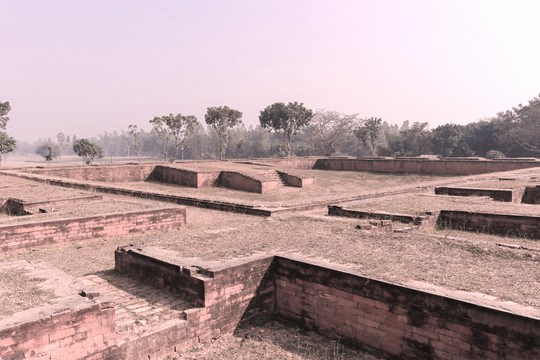
Vasu Vihar, Top tourist place in Bogura
Vasu Vihar is one of the most seasoned landmarks of Bangladesh. Local people too call it the Narapati step. Unearthings at the location have uncovered two afterward Gupta-era rectangular Buddhist sanctuaries and a nearly cruciform temple.
location
It is in Shibganj upazila of Bogra area, 6 km west of Mahasthangarh in Bihar town of Bihar union.
History
Vasu Bihar is locally known as Narpati’s Steps. Its area is in Bihar Cap of Shibganj Upazila. Archeological unearthings started here for the primary time in 1973-74 and proceeded for the following two seasons. It is to be the ruins of a Buddhist sangha slam. As a result of the unearthings, different profitable archeological objects including bronze Buddha statues, and earthenware plaques have found there. Chinese traveler Hiuen Tsang arrived here in 638 Advertisement. In his travels, he notices it as ‘Po-shi-po’ or World Vihara. It was likely vital as a Buddhist devout school. Amid the British period, Vasubihar called ‘Bhusvubihar’ by the nearby individuals. As of now, Vasubihar has picked up acknowledgment as one of the visitor spots.

Kherua mosque, Top tourist place in Bogura
Kherua Mosque may be an imperative landmark of Bangladesh. This mosque built by combining Mughal building fashion and pre-Mughal Sultanate period design. This mosque, which has survived for approximately 435 years, 20 km south of Bogra city in Khondkar Tola Mahalla of Sherpur Upazila Sadar.
History
Mirza Murad Khan Kakshal, the son of Jawahar Ali Kakshal, built the mosque in 1582, as confirmed by the engraving on the front wall of the mosque. The Turks received the title ‘Kakshal’.Ghoraghat locale was beneath Turkish Jagirdars. The personality of Mirza Murad Khan Kakshal isn’t known. Sherpur was at that point a regulatory center beneath Ghoraghat. Students of history speculate that Mirza Murad Khan Kakshal was the jagirdar or faujdar of Sherpur. The naming of the Kherua Mosque isn’t clear. Abul Kalam Mohammad Zakaria specified in his book on Relics of Bangladesh “We found no history of the title of Masjid Kherua.
There’s no word Kherua in Arabic or Persian.’ But in Persian, there’s a word ‘Khair Gah’. Which implies ‘within a place’. When Raja Mansingh was the Subadar of Bengal, he built a fortification at Sherpur. This fortification does not exist. But if they built the mosque inside the Sherpur fortification, then we can assume the title KherRegular. They offer regular prayers in this old mosque. Additionally, the archaeology department built the boundary wall of the mosque, making its environment good. We can determine ua from ‘Khair Gah’.

